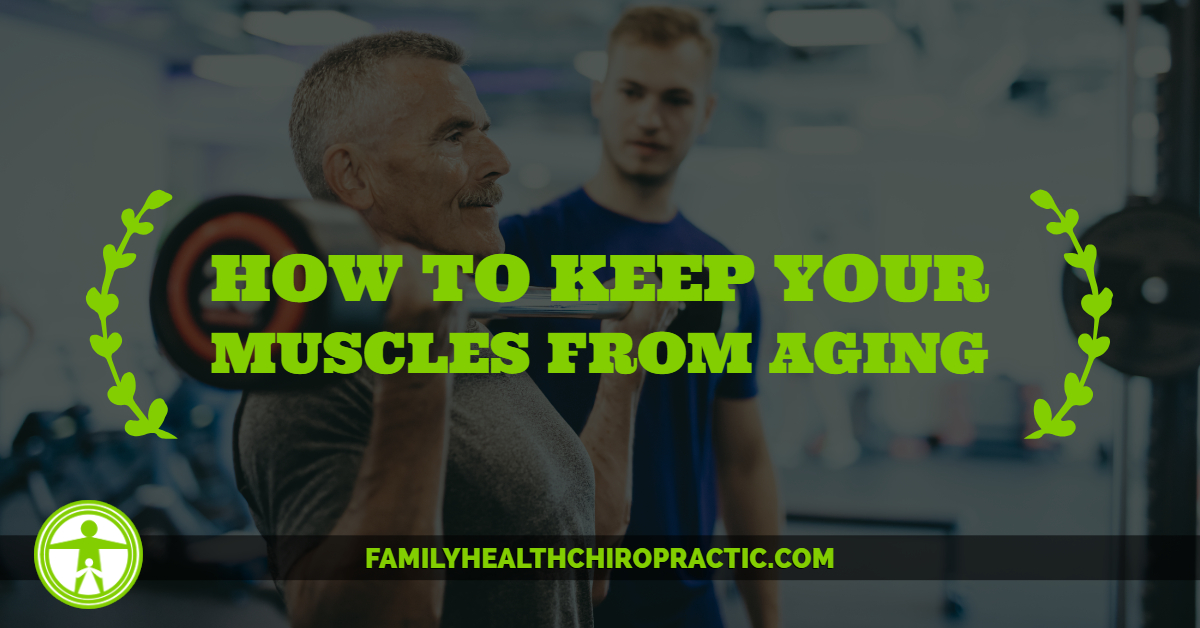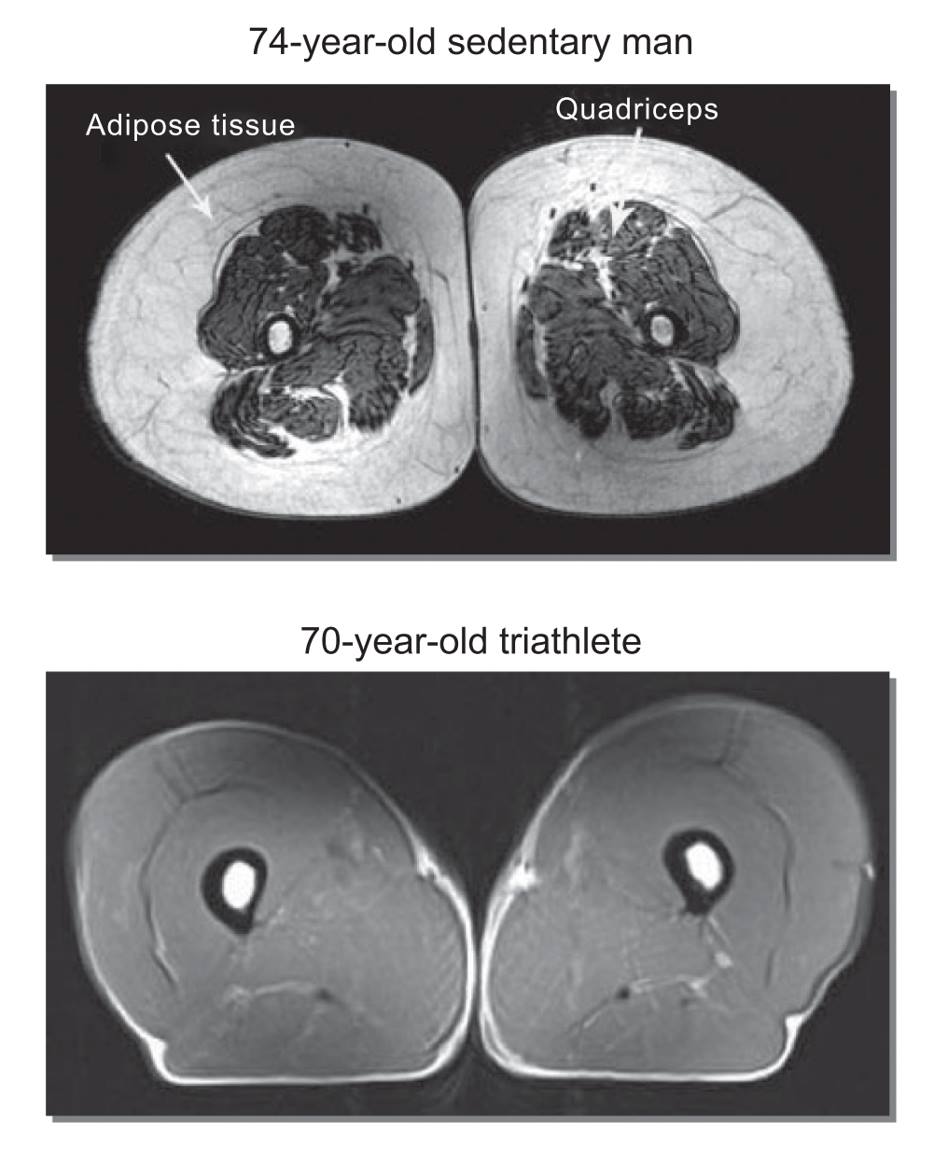Last week I shared with you my morning movement routine. This is a series of movements aimed at moving every single major joint in my body in a little time as possible.
Like many of you, time is of the essence and I try to squeeze every bit of it, all in a way that ironically enough, adds more “quality time” at the end of my life, rather than the instant gratification of now.
All week, every day, I talk to people about their health, movement, nutrition and personal struggles.
I meet people who are suffering immensely. They have inflamed joints. Their muscles are stiff and nutrient deprived. There are people with parts of their bodies that are swollen, filled with edema or puss like fluid that is really just a cry from their immune system for help.
These are people that are not moving as they should and if we take a closer look on the inside, their bones display a forensic history of failure to self maintain.
Yes. You can ignore your body for some time. But it always catches up and when it does, you want to do something about it and the struggle is fully realized.
Don't be that person.
In this article I want to share with you a few things you should consider with respect to muscles and aging.
If you care about your health and how you're aging, read it, share it and live it.
Age-Related Muscle Loss Begins at 30
At 30 years of age, we are mostly sprite and full of life. If you're under 30 and you don't feel that way.. YOU NEED HELP.
Because after 30, you will lose as much as 3-8% of your muscle mass with each passing decade, and the decline logarithmically increases (1). This entire process is known as sarcopenia.
Sarcopenia is a gradual loss of muscle mass and function associated with aging. It's literally recognized as a disease entity and can be biochemically measured using a series of blood chemistry biomarkers such as insulin like growth factor 1 (IGF-1), interleukin 6 (IL-6), secreted protein acidic and rich in cysteine (SPARC) and macrophage migration inhibitory factor (MIF)… whew that's a mouthful (2).
But quite honestly… we don't really need those biomarkers to determine someone's risk of sarcopenia.
Here's how it goes…
Over the course of our adult lives we become more sedentary. And it's no big deal right away. You know you need to be physically active, but the lack of activity is not really impacting you on the daily.
Days become weeks, weeks become months and before you know it… you are so far gone from being physically fit that the sheer idea of you getting back into the saddle causes anxiety and panic.
Now you're stuck between a rock and a hard place.
There's good news though. Just like a plant can be revitalized with enough nourishment, patience and attention, so can you.
Such is the process of life!
Below are two images demonstrating the differences of FAT to MUSCLE ratio of the quadriceps between a 74 year old sedentary (physically inactive) man versus a 70 year old triathlete. Amazing isn't it?
It Doesn't Matter How You Start, Just Start!
The good news is, sarcopenia is avoidable and even to a certain extent reversible.
There are plenty of ways to prevent it that don’t involve exercise (although I would urge you to incorporate exercise daily).
Here’s how to preserve the muscle you’ve got:
Focus on HOW you Move
When it comes to movement, I would stress QUALITY over QUANTITY.
In other words, it's not about how much weight you can life, how fast you lift it or how far you can run. It's how well you do all those things with the amount of time, weight and distance you spend.
Thousands of research studies have proven that exercise is a no-brainer when it comes to building muscle, but that doesn’t mean you have to live at the gym or join a CrossFit box (unless you want to).
The health of your muscles really comes down to daily activity. Again, this is why I shared with you my daily movement routine. At the end of the day, if that's all you did, even if you only did a portion of it, you are well on your way to making positive changes.
If you were to look around the world at places where people live a long time, you'd find that they do daily rigorous activity.
So telling yourself, “I'm just getting old.” is crap. It's an invalid excuse and you need to give yourself permission to be better than that.
What I'm saying here is that you should find simple ways to add movement to your day. Garden or walk with a friend on weekends, or take a bicycle tour of our great city.
If you’ve got a desk job that keeps you sedentary Monday through Friday, then explore some ways to be more active in your sitting. It could be anything from working at a standing desk or standing on a vibration plate to scheduling walking meetings or even doing a few laps around the office while taking a call (assuming you’re on your cell).
Second, add a brief, rigorous workout to your schedule once a week. HIIT (high-intensity interval training) – a unique resistance and aerobic training combination — is the key. Essentially, HIIT alternates between short bursts of strenuous exercise and active rest for 20-30 minutes. For example, you might sprint for 60 seconds, walk for 30 seconds; do push-ups for 60 seconds, walk for 30; and so on.
Special note: If pain has you sidelined and keeps you from exercising, follow these quick and easy tips to work on your posture or maybe you need to take a step back and begin with improving your flexibility?
Eat Enough Protein!
When I talk about eating protein, I'm not saying that you need to be straight up carnivore. But you do need to eat enough protein to maintain muscle mass and bone density.
When I have patients track their nutrient intake, I'm always astonished at how little protein they are actually eating. And when these people wonder why their bodies ache, or why they've become so fragile and weak… that's like asking why your car won't start when the fuel tank is empty.
If your body is aging faster than normal and you're combating muscle wasting, then you should eat more than 20 percent of your daily calories from protein. If you have sarcopenia or obvious muscle wasting, then 25–30 grams of high-quality protein per meal is a good starting point.
All that said, as you increase your protein intake, I'd suggest consuming the best protein sources available to you. This would include low-mercury fish, grass-fed beef and lamb, pastured eggs, collagen peptides, gelatin, and clean whey protein.
What if you don't eat animals? In that case go for three cups of beans (with 100 grams of carbs) to equal six ounces of animal protein (which contains zero carbs). But be aware that plant proteins contain very little leucine, which is the rate limiting amino acid needed to build muscle. Animal protein is the best source of protein and is especially important as we get older, where muscle loss is the single biggest cause of rapid aging and disease.
Optimize Your Omega Index!
One of the best health markers you can improve on is your Omega Index score. If you want to prevent or reverse sarcopenia, then make sure you are consuming omega-3 fatty acids because they speed up protein metabolism in your body (3).
Of course, eating your omega-3s in the form of wild salmon and grass-fed beef or supplement with low-mercury fish is the best way to do this. Research shows that in a matter of six months, you can increase your muscle mass by 3.6 percent with fish oil (4).
If you want to measure your Omega Index, you can do so by purchasing an Omega Index Test. The average American has 2-3% where 8-12% is what's needed to avoid the number one cause of death, Heart Disease. So it's kind of important.
Optimize Your Hormones!
There are 6 hormones that I would focus on optimizing for maintaining and building muscle mass.
Measuring and balancing hormones is a sophisticated process and goes way beyond the focus of this article. But if you were interested in focusing on hormones that contribute to muscle growth, you would want to optimize:
- Insulin
- Glucagon
- IGF-1
- Cortisol
- Testosterone
- Growth Hormone
The first three hormones (Insulin, Glucagon and IGF-1) all involve optimizing your nutrition intake and eliminating processed foods. There's no other way around it. The entire process of optimizing nutrient intake can be summed up in three rules:
Rule #1 – Eat Real Food. Nothing processed, manufactured, served on a plate or in a bag. Eat Real, Whole Food.
Rule #2 – Eat Mostly Plants. Over 90% of Americans are deficient in one or more nutrients. The best way to get your nutrients is from plants.
Rule #3 – Don't Eat That Much. We are the most overfed yet malnourished population in the world. Eating too much combined with a lack of physical activity is killing you.
Optimizing cortisol levels takes several lifestyle approaches. You need to get 7-8 hours of sleep. You need to keep your workouts intense, but not over do it. Learn how to deal with daily stress and manage it on several levels (personal, mental and physical). Nutrient deficiency is also a major contributor to elevated cortisol.
Finally, to optimize testosterone and growth hormone, you'll need to get all the above done first, then take it a step further and eliminate alcohol, aspirin, over the counter painkillers and increase strength training.
Final Thoughts
Our primary interest at Family Health Chiropractic is your health and well-being.
We have several services aimed at improving overall health and optimizing healing potential.
If you have questions about your recovery, need help in certain areas that are not being addressed elsewhere, then please ask!




